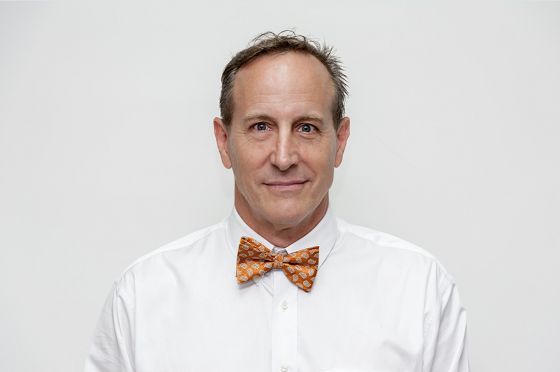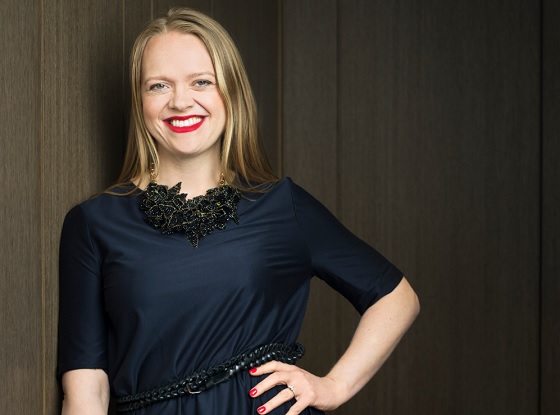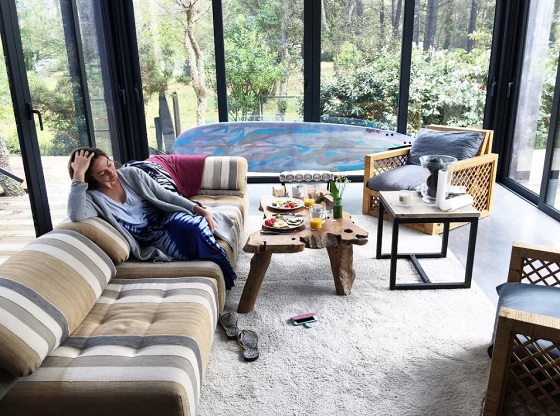What is it, exactly, that interior designers do? What keeps them awake at night? Are they basically just like the hosts of Changing Rooms, throwing pillows and cushions at problems? Absolutely not! We found a bunch of interior designers to reveal the biggest misconceptions about their industry. Straight from the horse’s mouth…
Here are 5 interior designers keen to tell you exactly what their job means on a day-to-day basis….
Bill Bensley, famous interior designer of luxury resorts and founder of Bensley.com: “There’s two misconceptions…”

“Perhaps, that interior design is easy to do. And the second? That we are self-important prima donnas!”
Jo Littlefair, director and co-founder of interior designers, Goddard Littlefair: “Designers don’t follow trends, we create them”

“It’s part of the DNA of designers to want to do things differently on every project. We love unique challenges, so the whole team always learns something new from the process. Unfortunately, however, sometimes clients want to purchase ‘a look’ and they shop around for interior designers on that basis, as you might for a fashion brand. If we feel that’s part of the approach to us, we always try and loosen up the thought process a little. There’s no point, at any level of the market, in creating a ‘me-too’ product based on what’s gone before”.
Chris Gwyther, managing director of the creative agency, Phoenix Wharf: “Colours, patterns and textures are just the start”

“There’s a misconception that interior designers do only what the eye sees first, ie colour, pattern, textures and surfaces – whereas, in fact, we introduce all kinds of specialist skills from the outset to get schemes right, from spatial and structural planning to lighting, furniture, product, graphic and digital design. A good deal of it is effectively invisible and that’s as it should be. The end-user should experience a space as being seamless and integrated, but when clients new to commissioning design realise all it takes to achieve that, it can be a real eye-opener”.
Nigel Tresise, director & co-founder, interior architecture and design company align: “It’s not like on Changing Rooms!”

“I’m sure a lot of designers will say that as a profession we’ve been devalued by the whole ‘Changing Rooms’ quick-fix idea that all we do is paint the walls and throw in a few cushions! At align, we specifically use the term ‘interior architecture’ to underline our spatial skills and ensure the spaces work for our clients on three levels: functionally, emotionally and aesthetically. We deal with the architecture of the spaces first. Yes, decoration and styling are important, but they’re very much the final element of the process”.
Giada Schioppa, interior designer at Fresssh Image: “Most people thinking hiring an interior designer is expensive – it’s not”

“Most people think that hiring an interior designer is expensive, but this is a huge misconception: a good interior designer will work within your budget – especially if it is on the smaller side. Anybody can be an interior designer if they have an unlimited budget, particularly with all of today’s modern tools such as magazines, websites, Pinterest and Instagram. It’s not difficult to pick up the nicest cabinet or the coolest new carpet design. If you have a budget in mind, you should always consider asking for the help of an interior designer, as it will make a huge difference to your hotel’s brand image.
First of all, discounts are a lot easier to obtain for that one particular vase or plant pot you have your eye on, as we work within the industry and are probably already in contact with the supplier. Secondly, we can give smart, expert advice to achieve your vision in a similar, and often cheaper, way.
Another big mistake is to think that interior designers won’t listen to you and will impose their style and ideas onto your hotel – more often than not, this is not the case. At the end of projects, we often have clients telling us that they were worried we wouldn’t listen to them. It’s integral that clients can see their dreams and visions coming true and one of the first steps to help them understand what they want is to prepare mood boards and inspiration images. A good interior designer will explain what is possible and what is not and listen to your ideas, optimize them and turn them into reality”.


